When Michelle Bednar became a special agent handling art and antiquities for Immigration and Customs Enforcement, it completely changed the way she experienced museums.
“As a civilian, it never occurred to me to question where they got those cool, old things,” Bednar said. “But really you could go into any museum and go, why and where did you get all this stuff?”
More and more, people are starting to do just that. Discussions of provenance—a particular artwork’s ownership history—have become increasingly common within the fine art world, with the Metropolitan Museum of Art receiving increased scrutiny (opens in new tab) from federal agents and U.S. agents seizing Greek and Roman art from Met trustee Shelby White (opens in new tab).
“To put it bluntly, every museum in San Francisco that has antiquities has looted antiquities,” said Donna Yates, associate professor of criminal law and criminology whose research specialty is the illicit trade of cultural objects at Maastricht University. “The scale is massive and unsettling.”
Traditionally, the blame has fallen on the looters, high-profile criminals who operate out of greed and often with expertise—Indiana Jones-type-figures gone rogue.
Yet scholars argue it is wrong to pin the blame on nameless villains. Archaeologist Ricardo Elia made the provocative statement in 1993 that “the collectors are the real looters,” a statement that researchers contend holds true to this day (opens in new tab). More scrutiny needs to be doled out to the collectors and museums who end up profiting from an underground art market that continues to operate, and even thrive (opens in new tab), despite increased awareness of the issue.
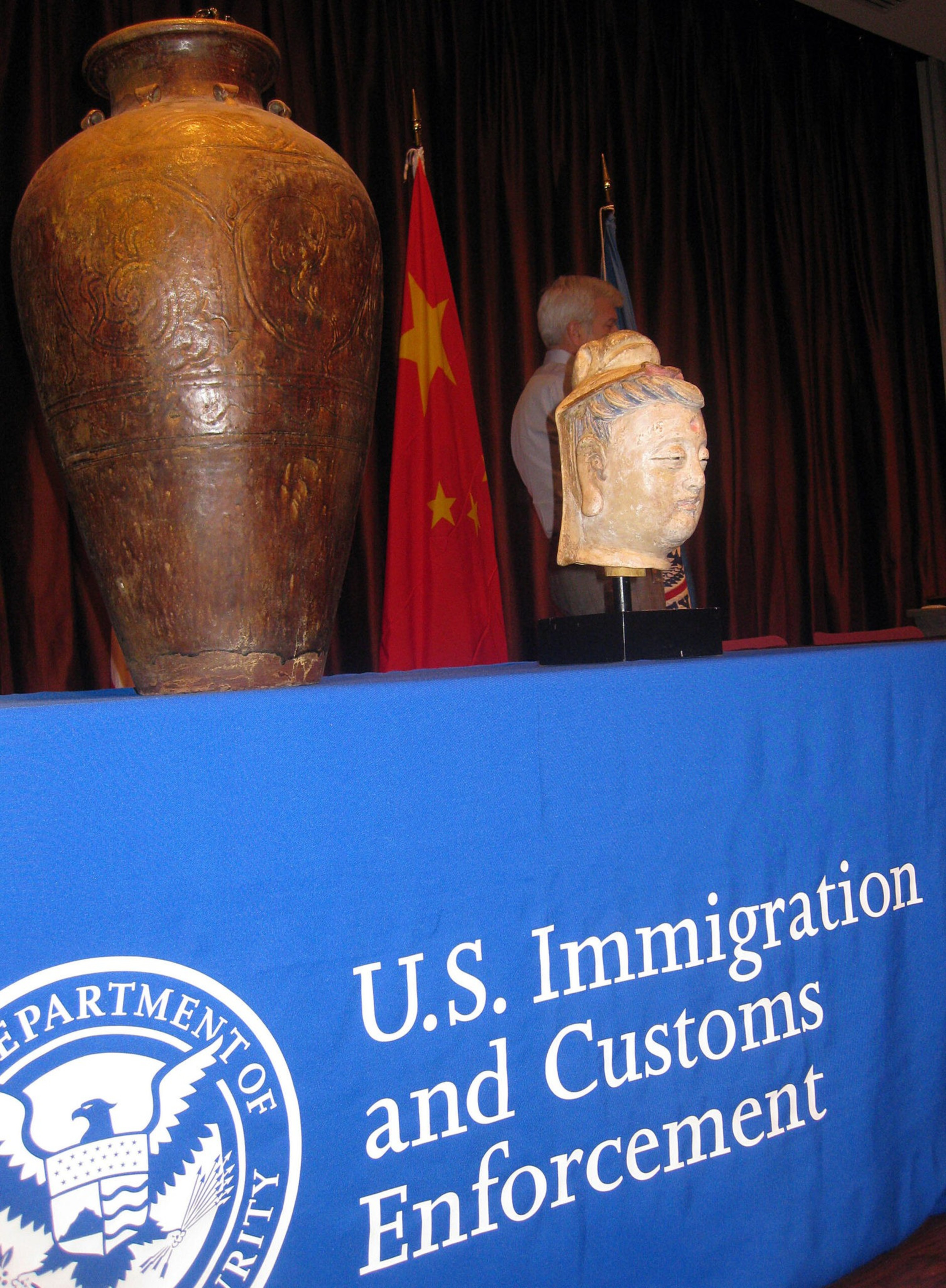
Yet even with the best intentions and a proper paper trail, the process of repatriation is long, thorny and difficult—and often impossible. It all begs the question: What should the role of the museum be in the 21st century?
Looted Art in Local Museums
Looted art has been identified and become part of ongoing discussions at many Bay Area museums. The Asian Art Museum has approved an Afghani marble tablet and two temple stones from Thailand for repatriation. The de Young Museum, part of the Fine Arts Museums of San Francisco (FAMSF), has rehoused portions of its stolen Teotihuacan murals (opens in new tab) and was criticized in 2006 after unveiling a new collection that included objects allegedly looted from Papua New Guinea (opens in new tab). The Hearst Museum of Anthropology at the University of California Berkeley has temporarily closed (opens in new tab) in order to focus on returning artifacts to the Indigenous tribes they were stolen from.
Yet the scope of the issue goes far beyond a handful of objects or a particular collection.
“I don’t think any piece of Maya pottery in the de Young Museum comes with proof that it was exported legally from its country of origin,” Yates said. “All of them were looted from tombs in violation of Mexico, Guatemala, Honduras, Belize or El Salvador’s laws.”
Melissa Buron, the head of the art division at the de Young, was not available for an interview but detailed an ongoing and extensive research process of the museum’s collections. “As archives across the world become digitized, we gain access to new records and collecting resources that may not have been available to FAMSF staff in their research over the years,” Buron wrote in a statement.

A collaborative effort between the Fine Arts Museums and the Papua New Guinea minister of culture led to six of the museum’s works of New Guinea art to be held in trust for the Papua New Guinea government—yet to remain physically housed at the de Young.
Even when there’s clear evidence that objects have been ransacked directly from tombs and trafficked, they can still be property of the de Young under U.S. law, Yates explained. It all points to how messy and complicated repatriation can be. And it gets even messier.
What happens when the country where an art object was produced no longer exists? Or when returning the object to the country in question could threaten the destruction of the artifact itself? What happens when multiple sets of laws that apply to an object contradict one another?
For Robert Mintz, director of programs at San Francisco’s Asian Art Museum, provenance has become a constant discussion—particularly in light of the museum’s extensive Cambodian art collection. Mintz wants to document the history of the collection’s artifacts to the fullest extent possible, which is incredibly difficult.
“My predecessors didn’t see it as a question that needed to be asked in the way that we do,” Mintz said. “We follow each of these stories, and we follow the names.”
And in the realm of Cambodian artifacts specifically, there’s one key name that keeps coming up: Douglas Latchford.

Latchford snatched the headlines when the Pandora Papers—nearly 12 million documents that the International Consortium of Investigative Journalists leaked to the public—revealed the massive smuggling operation (opens in new tab) he conducted in Cambodia.
Latchford’s misdeeds took on stunning relevance with the revelation that multiple priceless Cambodian treasures he looted lived in a San Francisco Pacific Heights mansion (opens in new tab) owned by Sloan Lindemann Barnett and her husband, Roger Barnett.
The scandal came to light after the objects were digitally removed from a photo spread of the house in an issue of Architectural Digest magazine. Bradley Gordon, an American antiquities lawyer representing Cambodia’s Ministry of Culture, likened it to having objects from King Tut’s tomb sitting in your living room.
“This collection is of the highest importance to the Cambodian government,” Gordon said. “There’s no question they [the Barnetts] have stolen artifacts.”
Gordon received a tip about the looted artifacts after Latchford and one of his business associates had a falling out. Latchford’s jilted professional acquaintance sent Gordon photographs of the objects in question that had been digitally scrubbed from the Architectural Digest spread.
Even though no objects in the Asian Art Museum’s collection were purchased from Latchford, traces of the disgraced art expert linger. He had been to the museum and left notes in its curatorial files with his opinions about items in the collection.
“Each time I come across one of those, it’s sort of a little sort of ghostly voice,” Mintz said. “Our curators at the time treated him as a prominent scholar and respected his opinion, but now I find myself skeptical of every word I read.”
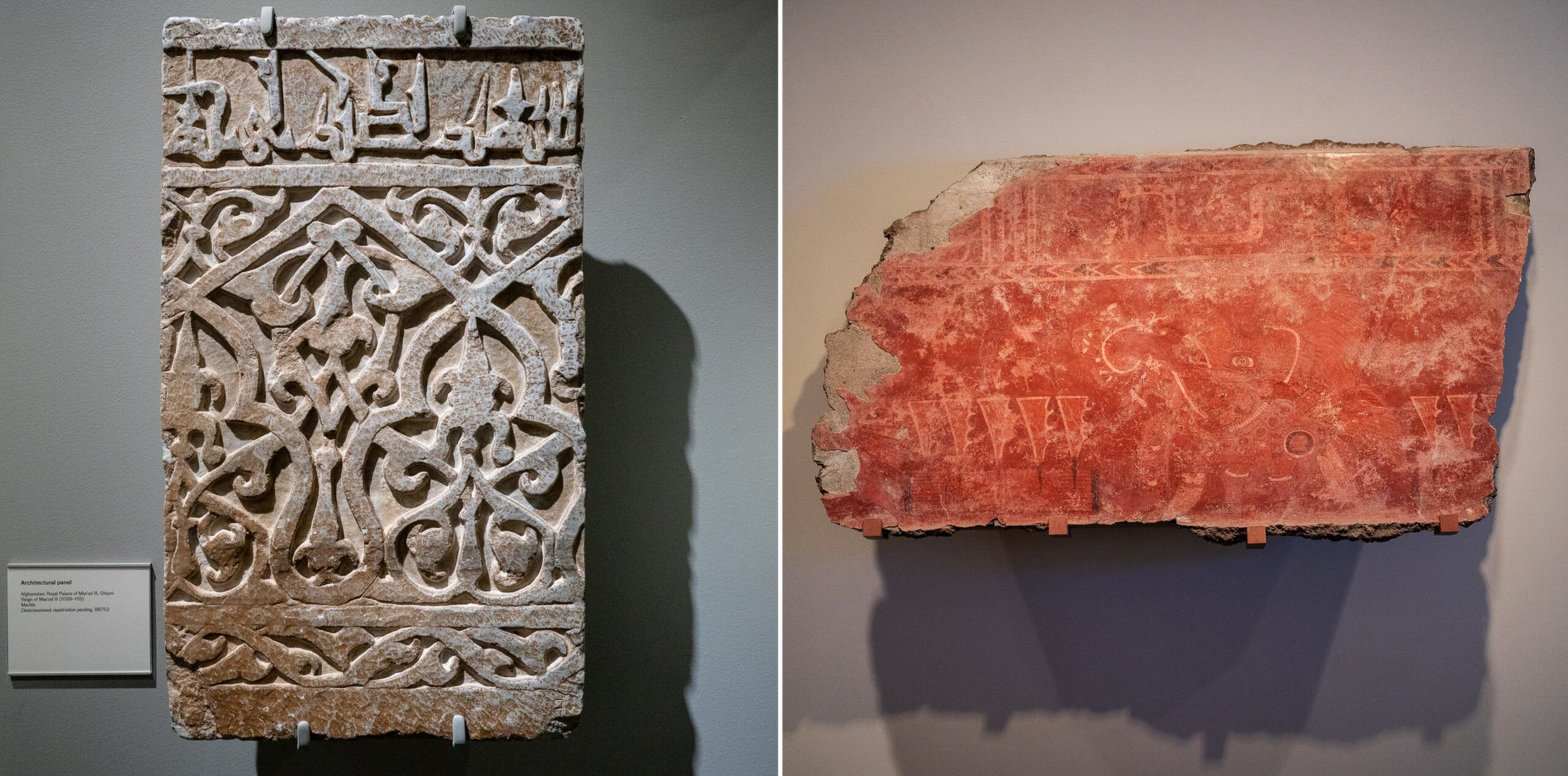
The museum has completed what Mintz called an “initial audit,” looking for red flags in the form of names of corrupt dealers. But a complete audit, in which the origins of every object is traced, has not been completed and would be incredibly difficult.
Museums acquire many pieces through family donations, art that has been collected through generations and passed on after someone’s death. Such pieces rarely came to the museum with a paper trail, instead perhaps only having notes on them from someone like Latchford.
“When you find out that your leading expert [Latchford] is part of the problem, then suddenly, everything you’ve said becomes a potential deception,” Mintz said.
The Global Hunt
Antiquites scholars point to the need to reduce market demand of fine art objects, instead of the more traditional focus on protecting the cultural source sites and disrupting the supply chain, according to a recent report in the Journal of Field Archaeology (opens in new tab).
Bednar’s division that handles cultural property investigations for ICE looks for cases in all sorts of places, including ports of entry. But the division does not actively seek out museum collections for questionable items—they leave it up to museum curators to make choices around what’s called “ethical repatriation.”
“There are so many ways cases come about,” Bednar said. “It’s impossible to go through all of them.”
Bednar gave the example of a case that would start at a port of entry, where her team works closely with Customs and Border Protection. Once an object is identified as a potential case for investigation, the process looks a bit different than, say, a drug case.
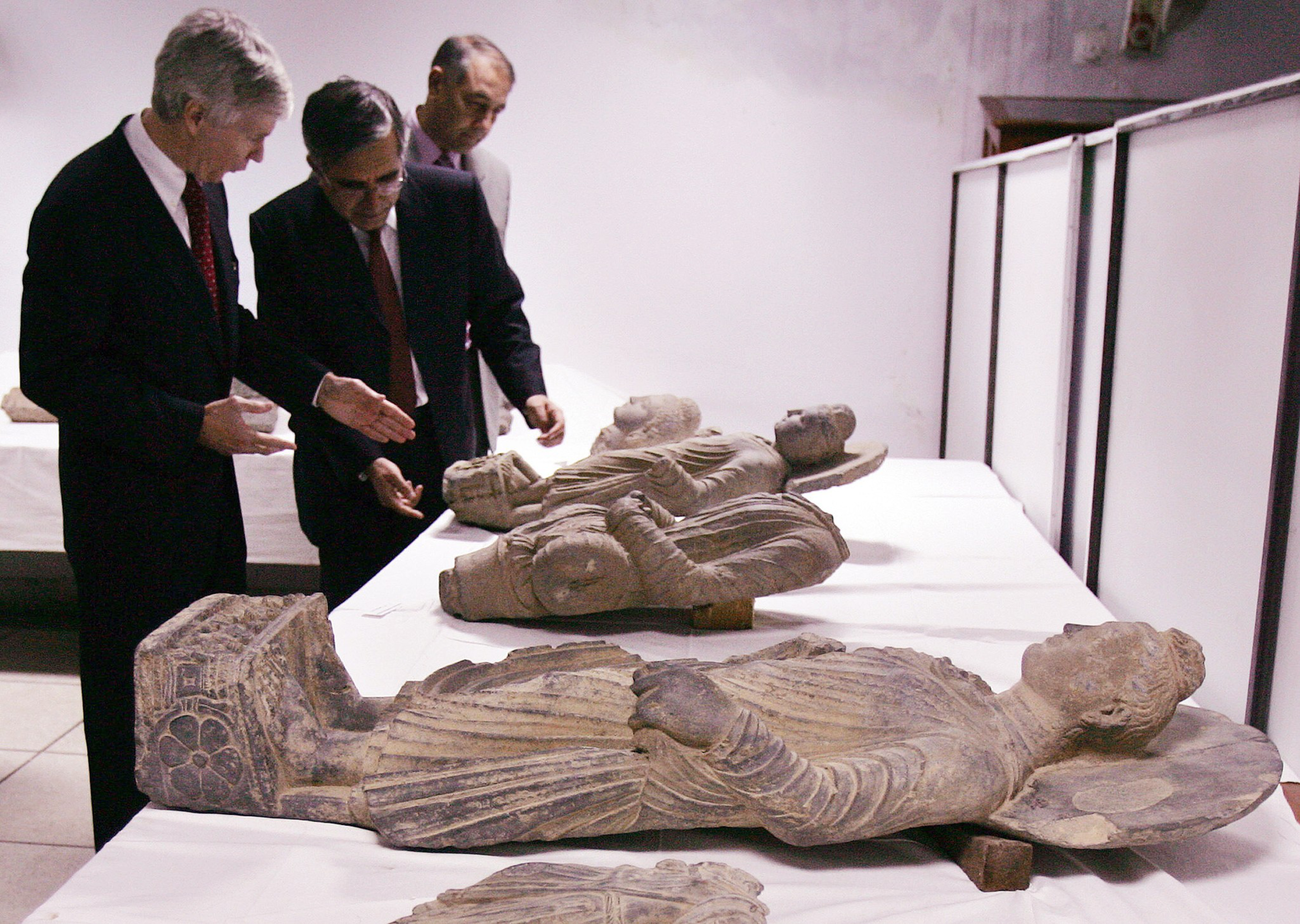
“If you have suspected cocaine, you can immediately send it out to get tested,” Bednar said. “But I can’t immediately send an Egyptian chassis to anyone for them to authenticate whether it’s actually real or fake.
If the item is determined to be real, investigators have to go through the piles of legal considerations to determine what applies to the case. Is there a bilateral agreement with the country in question? Is there an export law that has been broken? Did the person lie on the importation document?
“Now you’re looking at the million laws that could be applied to how this item got here,” Bednar said.
Given all of these complexities, it can take years to resolve antiquities cases.
“It’s the press, honestly, and the attention that the art world has gotten recently when it comes to high-level repatriations that’s driven the train,” Bednar said.
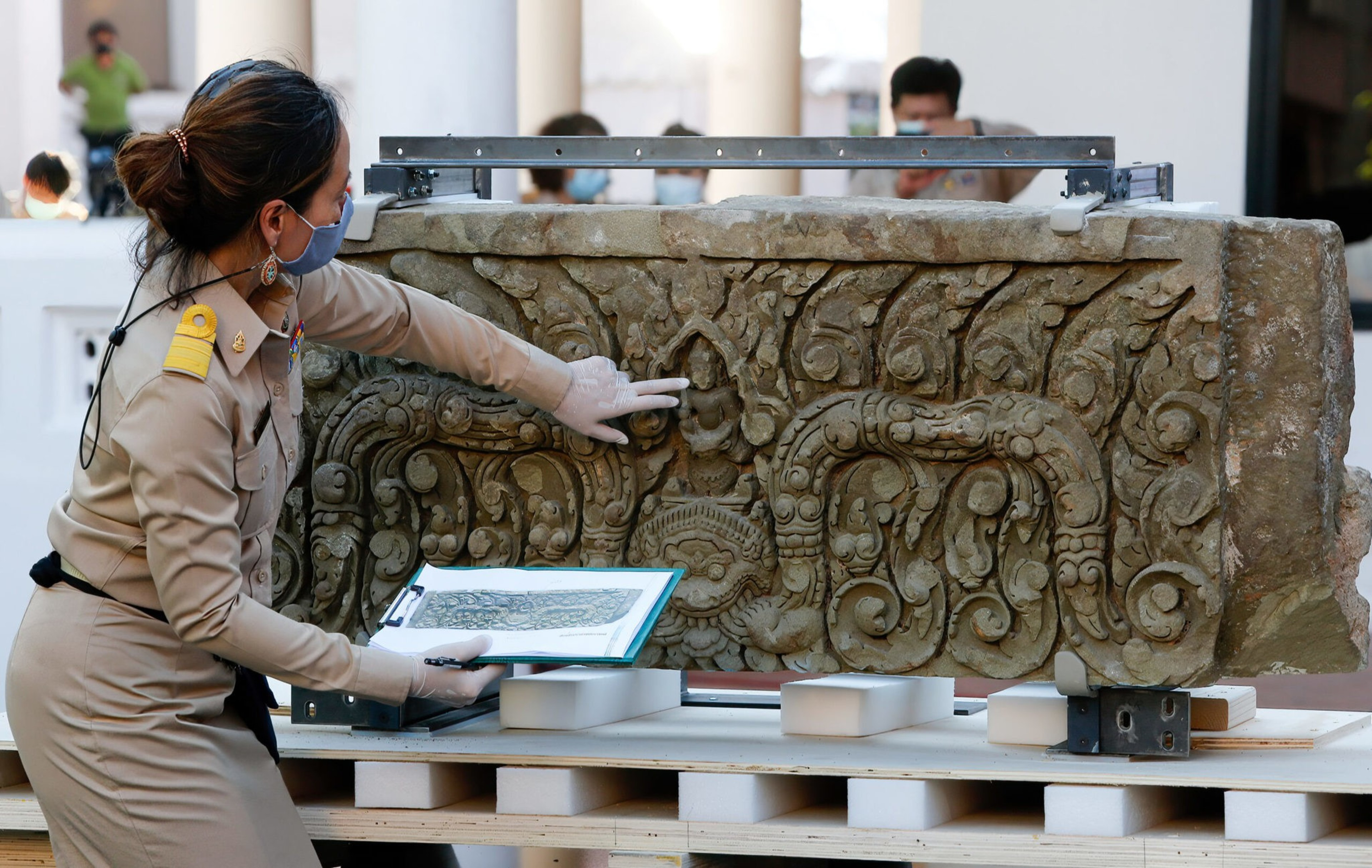
Yet even when a museum wants to do the right thing by returning stolen art, hurdles remain.
“There are certain parts of the world that don’t exist anymore,” Bednar said. “Where these items could have come from and figuring out who they would belong to is a pretty overwhelming challenge.”
A lot of Bednar’s work today is around education. She helps to organize annual trainings for employees across federal agencies about how to identify, photograph and investigate cultural property cases. “When these folks are out on the front lines encountering these items, they at least have the awareness to ask the question,” Bednar said.
Yet relying on others to self-report or discover cases does not do much to root out the demand within the market for such objects.
“The United States in general is the largest art market in the world,” Bednar said. “So if you are going to look at it financially, it’s the money from the United States that drives the art market globally.”
The Ethics of a Museum
But another, even more massive problem is the practice of collecting artifacts in the first place.
“If you take a pot out of the ground and move it from where it belongs, you’ve destroyed the history and context of it forever, even if you give it back,” Bednar said. “It’s gut-wrenching, because it’s true.”
It raises the question if the entire concept of the museum should be re-imagined. A curator at a San Francisco art space is focused on starting conversations that interrogate the role of a traditional museum.
“I always question museums,” said Lian Ladia, curator of exhibitions and programs at the conceptual art space 500 Capp Street Foundation (opens in new tab). “Why do you have to preserve something? Whose story are you trying to tell?”

This question hit home particularly hard for the Hearst Museum at UC Berkeley, one of the largest anthropology museums in California.
“For more than a century, ancestors and cultural property were taken by our institution and others across the country in violation of Indigenous communities’ spiritual and cultural beliefs,” said Dan Mogulof, assistant vice chancellor of UC Berkeley.
“Native Americans were viewed incorrectly as a ‘dying’ or ‘disappearing race’ that needed to be ‘preserved’ in a museum context, meaning the collection and exhibition of cultural artifacts, and sometimes remains,” Mogulof said.
Repatriation of Native American ancestral remains and cultural property at the Hearst Museum is governed by the 1990 federal Native American Graves Protection and Repatriation Act (opens in new tab) (NAGPRA), the 2001 California Native American Graves Protection and Repatriation Act (opens in new tab)—and also the relevant University of California policies (opens in new tab), given the museum is on the UC Berkeley campus.
Given this complex tangle of laws, the Hearst Museum will surrender a majority of its collection—76% of the museum’s holdings are slated for repatriation, with about 200,000 archaeological objects believed to be potentially sacred under the NAGPRA.
With the collection so thoroughly impacted, it’s natural to question what the museum might look like in the future, after repatriation is complete. One might imagine a center for education, instead of a warehouse for objects.
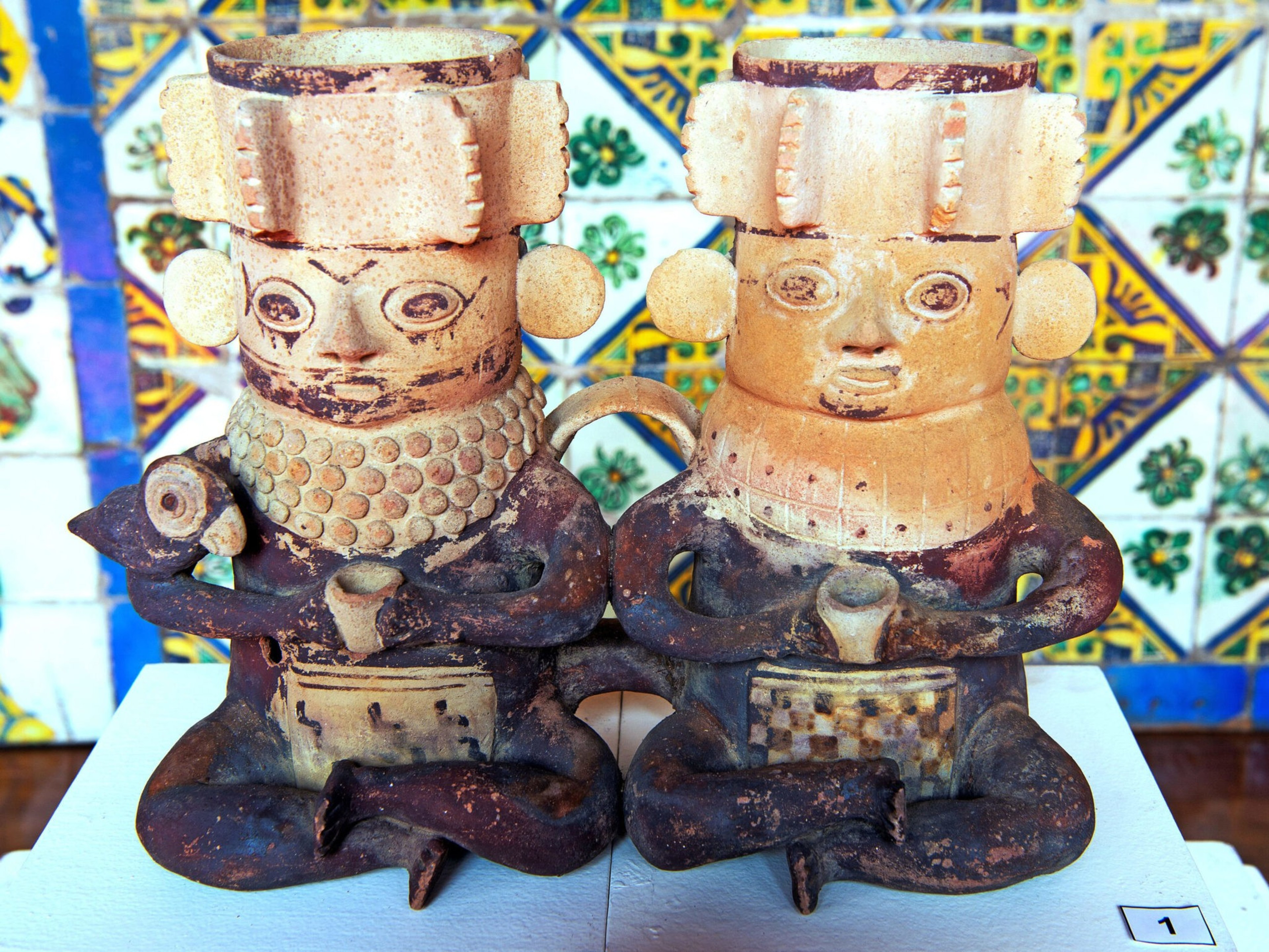
Such a case strengthens the appeal of a different kind of understanding, such as Ladia’s. The 500 Capp Street Foundation favors art that decomposes over time, and she calls the house a “living sculpture” instead of a museum, a place that is dynamic and always changing.
Just north of the Golden Gate Bridge, at the Headlands Center for the Arts (opens in new tab), visitors will find a similar experiential, sensorial approach. Art is something you interact with, you live in, rather than something to behold behind glass.
Artist Mark Thompson, whose work “Semaphore” occupies the former gymnasium on the Headlands’ property, creates what he calls “ephemeral art.”
“I only have one piece of art left in the world,” Thompson said. “My work only exists for a few months.”

| Source: Justin Katigbak for The Standard
It’s the polar opposite of ownership, of collection, and one that may be more ethical for the art world overall.
Preservation, after all, is at the heart of many museums’ missions—but to what end?
“As children, at least my generation, we were taught to collect things, with that idea of collecting things as central to who we are as humans,” Mintz said.
“Working in a museum today, I find myself thinking you have this big version of collecting things as a kid,” Mintz said. “But in fact, that act of collecting has a grayer side and becomes quite ethically challenging.”
